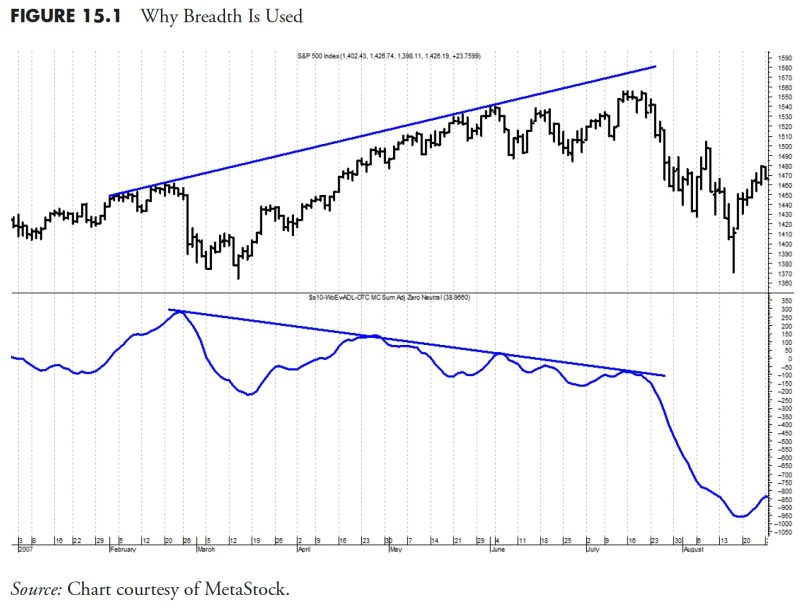In the world of finance, rules-based money management strategies have garnered increasing attention and interest as investors seek to navigate the complexities of the market with a structured and disciplined approach. By establishing clear rules and guidelines for making investment decisions, individuals and institutions can potentially mitigate risks, enhance returns, and maintain emotional discipline during turbulent market conditions. In this article, we will delve into the concept of rules-based money management and explore how to effectively put it all together for a successful investment strategy.
At the core of rules-based money management is the idea of creating a systematic framework that dictates when to buy, sell, or hold investments based on predefined criteria. This approach aims to remove emotional biases and subjective judgments from the decision-making process, thereby helping investors stay focused on their long-term financial goals. By establishing specific rules for entry and exit points, risk management, position sizing, and rebalancing, individuals can build a more robust and sustainable investment strategy.
One of the key components of rules-based money management is the establishment of clear guidelines for risk management. This includes setting stop-loss levels, defining maximum portfolio exposure to a single asset or sector, and determining the percentage of capital to risk on each trade. By incorporating risk controls into the investment process, investors can protect their capital from significant losses and preserve their financial security over the long term.
Another crucial aspect of rules-based money management is position sizing, which refers to the allocation of capital to individual investments based on their risk and return characteristics. By diversifying across asset classes, geographies, and industries, investors can reduce concentration risk and enhance the overall risk-adjusted return of their portfolio. Moreover, by applying a consistent position sizing methodology, investors can maintain a disciplined approach to managing their investments and avoid making impulsive decisions based on short-term market fluctuations.
Rebalancing is also an integral part of rules-based money management, as it involves periodically adjusting the portfolio composition to maintain the desired asset allocation. By selling overperforming assets and buying underperforming ones, investors can realign their portfolios with their long-term investment objectives and capture potential opportunities for asset appreciation. Rebalancing ensures that the portfolio remains diversified and in line with the investor’s risk tolerance and return expectations.
In conclusion, rules-based money management provides a structured and disciplined approach to investing that can help individuals achieve their financial goals while minimizing risks and emotional biases. By establishing clear rules for risk management, position sizing, and rebalancing, investors can build a robust and resilient investment strategy that is focused on long-term success. By putting it all together and implementing a rules-based approach to money management, investors can navigate the complexities of the market with confidence and achieve their desired financial outcomes.

